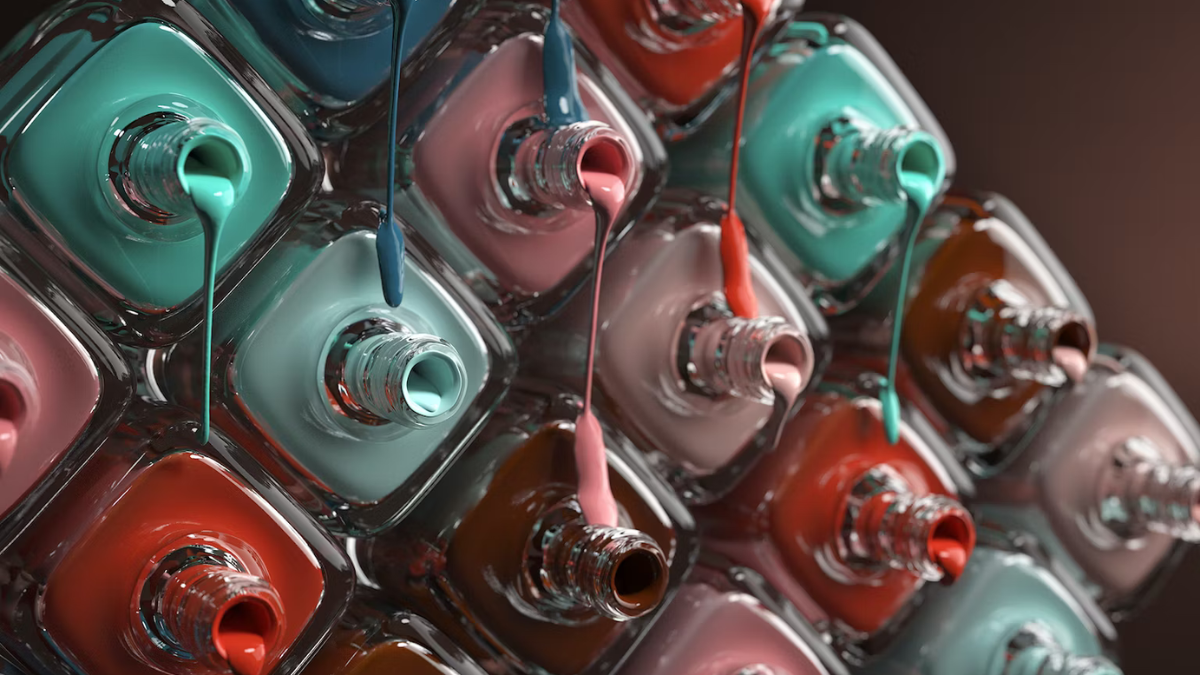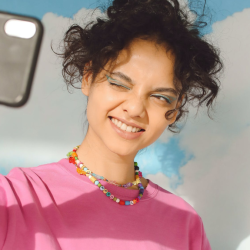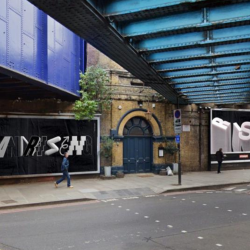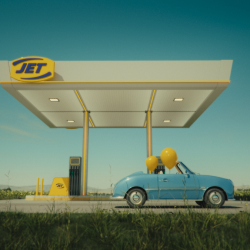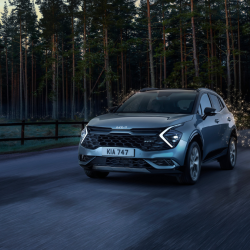When you think of CGI (computer generated imagery) what do you associate it with? Probably you think of movies or video games where it’s used to breathe life into our favourite characters and bring epic landscapes to life.
Since its first appearance in Alfred Hitchcock’s psychological thriller Vertigo (1958), CGI has seen a staggering transformation and become a billion dollar industry.
Businesses across all industries are incorporating CGI into their marketing strategy as it enables them to convey messages in a creative and visually appealing way.
CGI has become increasingly popular in marketing to create clever, imaginative campaigns, so let’s dive into some recent examples.
Jacquemus
Jacquemus are no stranger to an internet stunt!
Back in April, the luxury French fashion brand went viral after their cult favourite Bambino bags were seen cruising the streets of Paris. Despite looking incredibly realistic, the marketing campaign was the work of 3D artist Ian Padgham who insisted the stunt would be a success.
Taking the internet by storm, the campaign generated millions of interactions leading to increased reach and brand awareness for Jacquemus.
Maybelline
Maybelline’s Sky High Mascara Express campaign took over social media in no time. Short form videos, shared on Maybelline’s Instagram, showed popular modes of transport donning oversized eyelashes that were brushed back by life size mascara brushes.
With over 2 million interactions, the content outperformed previous collaborations with Sofia Richie and TikTok sensation Meridith Duxbury. The campaign put Maybelline’s new product in the spotlight, generating buzz and increased awareness amongst consumers.
Barbie
From strawberry lemonade to a real-life Dreamhouse, Barbie movie was everywhere (thanks to its incredible strategic marketing campaign).
Leading up to the release of Greta Gerwig’s Barbie (2023), a gigantic Barbie appeared next to the Burj Khalifa in Dubai. The video, shot on an iPhone, was created by UAE based agency Eye Studio to mark the release of the movie.
Although not associated with Barbie’s official marketing campaign, the stunt fuelled intrigue and ensured the movie was on people’s minds despite being pushed back in the region.
What are the benefits of these campaigns?
Incorporating CGI into your marketing strategy can come with so many benefit including:
- Capturing audience attention and making your brand stand out from the crowd
- As there are fewer stages involved in the production of CGI, with no need to hire venues or videographers, it can often be more cost and time effective
- With the ability to put your content in any place at any time, there are no restrictions on what you can create
- As CGI is digitally built you have the opportunity to create multiple versions of your content for numerous channels
What does this mean for Out-of-Home (OOH) advertising?
Being accessible and affordable for many businesses, CGI in OOH advertising is something we’re seeing more and more of, but there are some factors to consider.
The marketing tactic raises ethical concerns as it relies on deceit and can be misleading for consumers who often question whether a campaign is real or not.
Morally, is it right for brands to generate attention from a form of advertising they haven’t truly invested in? Forms of OOH advertising can be expensive, depending on size and location a traditional billboard can typically range from £200 to £2000 per week. And, there’s no doubt that CGI in OOH takes away from its real power. CGI is often more effective at engaging an audience (and going viral) because of its shock factor!
How can you incorporate CGI into your marketing strategy?
CGI is powerful, there’s no doubt about it.
Whilst it is cost effective in the long run, CGI can be expensive to produce so not feasible for every business. An accessible alternative, used by brands like Surreal and British Airways, is to use mockups. You can create mockup billboards, wall signs, murals and more using online tools like Canva.
Creating mockups can allow you to:
- Be creative and do something different within your marketing or social strategy
- Engage your audience and capture their attention
- Visualise what OOH could look like without the cost
- Get an idea of whether OOH advertising could be worth investing as it allows you to see whether it works for your business and see how your audience engages with it
Featured image: Image from SBLABS’ self-initiated project, Redefining Beauty, which explores how CGI and VFX can modernise the way beauty is portrayed


















